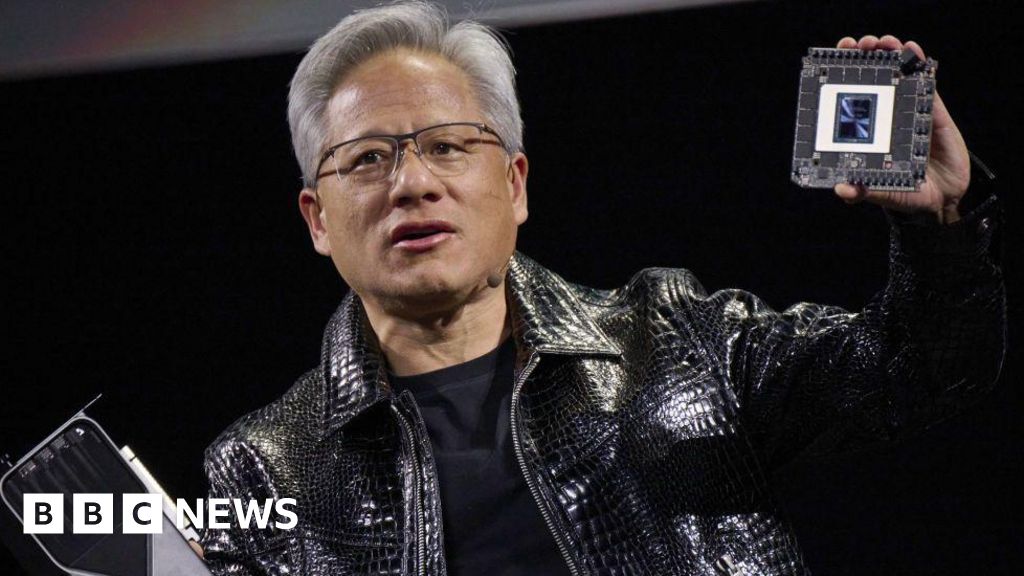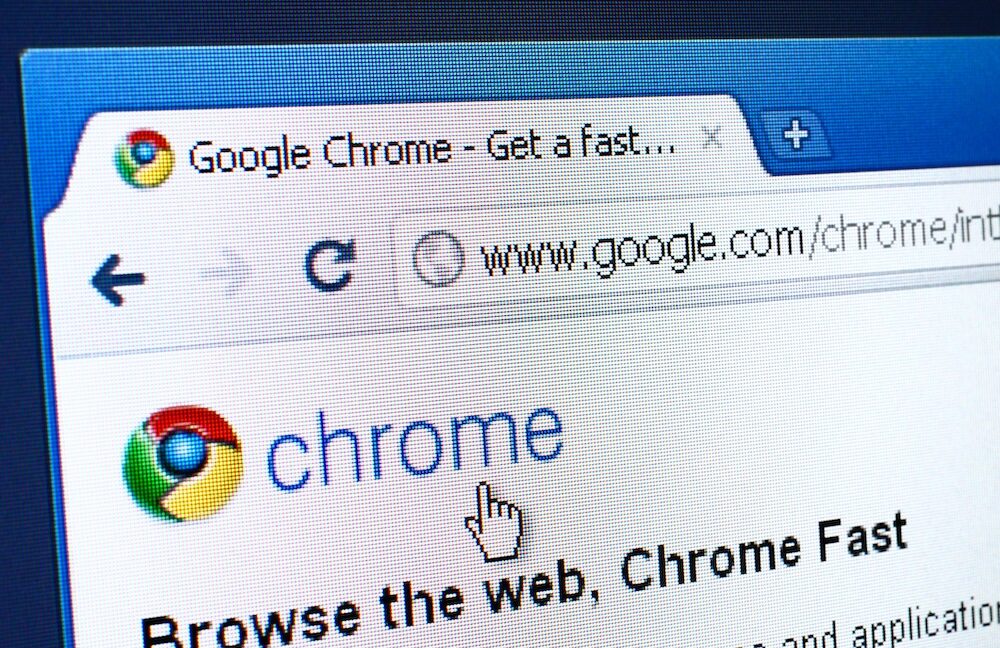Ukraine has managed to implement an astonishingly comprehensive set of digital government services, with 70 key public services available, half the adult population participating, and a goal of digitizing all government services by 2024 – despite the fact that the country is fighting for its very existence in a war with Russia.
This remarkable achievement was presented to a special meeting of the CIO Strategy Council, a group of Canada’s leading CIOs and industry leaders.
Senator Colin Deacon opened this exclusive event, introducing Mstyslav Banik, Director of eServices Development Directorate at the Ministry of Digital Transformation of Ukraine. Banik appeared via a Zoom link from Ukraine. A video recording of the presentation can be found at this link.
According to Senator Deacon, one of Volodymyr Zelenskyy’s first acts as president, immediately after the election, was to establish the Ministry of Digital Transformation with the express goal to “build the most convenient country in the world,” and to not just digitize services, but to simplify them and reinvent how they were delivered.
Case Study
Deacon has subsequently published a comprehensive case study, which can be downloaded via this link.
The intense commitment that Zelenskyy has to this initiative shows in the name of the mobile application which is the centre and symbol of government service delivery. It’s called Diia which, in Ukrainian, means “action.” It is, fittingly, also an acronym, which, loosely translated, means “meet the state.”
Zelenskyy’s personal commitment provided the “political will” that has driven the success of this project even in the midst of a war, according to Banik.
He explained that Ukraine’s government, similar to our federal government, has many ministries that could and did provide resistance to the massive change that this project represented. The team charged with the design and implementation were drawn largely from technology professionals who – and Banik included himself with a sheepish smile – “didn’t really understand politics.”
The world has come to see Zelenskky as a brilliant wartime tactician, but according to Banik, he is also a master of government politics.
Zelenskky appointed a Chief Digital Transformation officer and ensured that every ministry had a similar position at what would be akin to the deputy minister level in Canada – an extremely powerful government position. That sent a message to the heads of all government departments.
He also sent a clear message to the team charged with design and execution that the job of the digital transformation staff was to “create a victory for the head of the government department.”
According to Banik, the head of one department, both a physically and politically imposing figure, swore that there “would never be a digital passport.” Months later, he was at a press conference taking a bow for his department’s successful first steps toward a digital passport.
Roadblock after roadblock has been removed by this incredible team, using everything from persuasion to what we might see as social media shaming.
The team did their homework. They identified the top companies that would have to adopt digital signatures and documents to provide critical mass. When the head of one of the large banks stated that his bank would not support this, they pointed out that potentially thousands, or even hundreds of thousands of customers who were successfully using the Diia app would have to give up the convenience or move to another bank.
With half the adult population of Ukraine on board, the ability of one company to resist adoption was greatly reduced.
Ukraine also passed a law to make refusal to accept digital documents illegal. For any company that would still refuse or resist, social media was used to shame them, with videos of disgruntled customers going viral in Ukraine. The social media impact, according to Balik, was enormous.
The support from the public was critical for the success of the implementation, but it was well earned. The team didn’t just design a portal and an app, they redesigned government services and simplified them to make them more convenient. They didn’t just digitize the passport, they sought to “reinvent the concept of the passport.” In another example, Balik noted that a form that had 58 fields was reduced to one with 10 fields. Even after that, they continued to drive to make the process frictionless, with the aim to reduce input even more.
Before development of the app was even started, they had substantial consultation and communication with all stakeholders. That communication did not end when the portal and app were created. There is a large video-based training component which offers support for anyone trying to learn to use any of the digital government services. It also provides for testing of trainees, and the training is so successful that prospective employers want the test results to prove that candidates are competent in terms of digital services.
To encourage usage, the Diia app also allowed for live streaming of television channels, including the big Eurovision contest that featured a Ukrainian music group.
While this might seem to be extraneous in terms of design, it was not only popular – it was prescient. With the Russians attacking media sites, the government had a popular two way communication with the population. Not only could the government get its message across, but it could also consult with citizens. They get, according to Banik, between one and two million responses to surveys or other requests for citizen opinions and consultation.
Security and privacy are the biggest perceived barriers to digital id and digital government. The app and portal are designed to win over users by providing better protection than physical documents.
Not trusting either the cloud or the device, the digital signature is split in two, with one half held in the government’s cloud storage and the other half on the citizen’s device. When identity is confirmed, the signature is brought together.
Even when documents are called for, they are not stored in the app. The relevant information is requested from the government registry, and proof provided as needed. But whether it’s a signature or codes, be they QR codes, bar codes, or number keys for financial services, they are designed so that they are refreshed every three minutes, making it next to impossible for someone to copy them by photo or other duplication.
The popularity of the app and the services generated fulfill what digital signatures should do – give better levels of privacy and security. Today, the app can be used to login or access services in place of traditional login providers – Facebook, Google or other services. This ensures that the knowledge of what a citizen is accessing remains between the government department and the citizen. It does not have to involve a third party who may monetize that information or store it insecurely.
Lessons Learned
What can we in Canada learn from Ukraine? Hopefully we are already learning and there are signs that governments in all sectors are taking a new approach to e-government initiatives. We are moving forward, but have we moved boldly enough and quickly enough?
The idea that you need to simplify the process before you create an online portal or app is critical. We would all be well served if our objective was not just putting a service online, but making it “the most convenient service.” Like Ukraine, we need to think of reinventing things we take for granted to make them more effective.
Having the political will to overcome resistance to change by even the most powerful is something we can learn. Governments have traditionally found many reasons why they cannot simplify a process. What COVID taught us was that things we “couldn’t do”, could be done if we had the will to do it.
Security can not be an excuse for inaction. We need to demand creative solutions to enhance security without losing convenience.
Make it easy and make it entertaining. Having Eurovision finals on the government portal was entertainment, but it helped build a huge user base who were were not just engaged, they were fans.
Don’t be afraid to use large numbers of participants and legislative powers to ensure that companies and stakeholders accept the app and the standards so that more value and convenience is given to citizens.
An opportunity to share and lead
The Ukrainian digital government experiment has been so successful that even Estonia – the world’s pioneer in terms of digital government – has looked to adopt the Ukrainian model for its digital services.
Ukraine has been more than willing to share its information, and even its source code, with governments and standards bodies like the CIO Strategy Council. By offering to share its experiences, Ukraine is making a contribution to its citizens and to the citizens of countries around the world. They offer us their experience and even their design – if only we are willing and able to accept such a gift from this besieged nation that has proven you can do digital government even in a time of war.
But sharing is only effective if we have common frameworks and standards that allow us to share our innovations. With standards, we can innovate with the knowledge that what we develop can be widely shared and used. Development of standards is a place where Canada can truly advance our own digital government.
The CIO Strategy Council is a strategic vehicle for this type of leadership. It is not just a national forum for discussions, it develops standards used in Canada and throughout the world. It is also pursuing a complementary strategic role in becoming an accredited body responsible for issuing certification marks to leading organizations that meet recognized national standards for digital governance. If we can leverage groups like this and continue to bring all the players together to find common ground, we too can make a contribution to our citizens and on the world stage.




















Discussion about this post